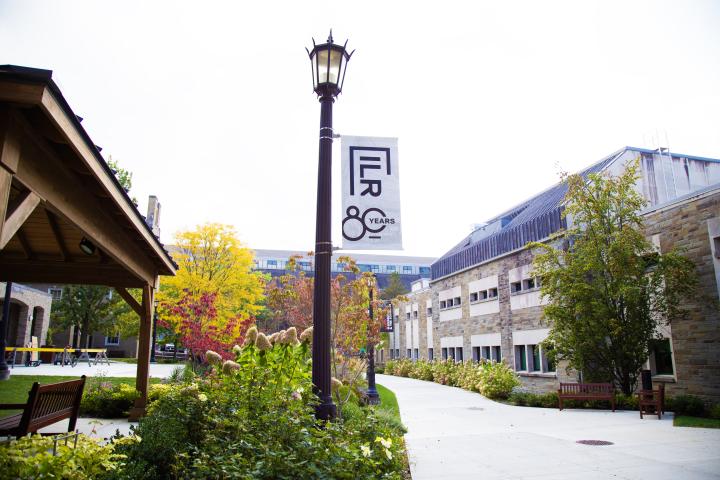Balancing Work and Disability
In navigating work and life, what can be learned from experiences of people with disabilities?
What balancing strategies are effective? What sorts of workplace and vocational rehabilitation practices support individuals with disabilities to stay on the job? ILR's Employment and Disability Institute is seeking answers to these questions in a study launched in October.
"Getting and Keeping People with Disabilities in the Workforce: Negotiating Work, Life, and Disability," it is funded by a three-year, $600,000 grant from the National Institute on Disability and Rehabilitation Research.
The research will break new ground in work-life balance research, according to Extension Associate LaWanda Cook of the Employment and Disability Institute.
Too often, work-life research focuses exclusively on family and not other non-work related activities, such as self-care, she said. Yet, self-care is essential to sustaining a job and may be especially important in keeping individuals with disabilities in the workforce.
This study will help researchers and employers address the question, "How do we help people manage a disability on top of other life stuff?" she said.
EDI's study comes on the heels of research showing that people with disabilities enter the workforce later, and leave earlier, Cook said.
"If we can learn some good practices, people and employers can use these strategies;" employees with disabilities can use this information to sustain employment and employers can use it to provide a supportive work environment, she said.
Addressing employment experiences of people with disabilities through the lens of work-life balance will help people without disabilities understand the issues at stake, according to Cook.
"If people don't understand how disability affects the work experience, how are they going to help?" she asked.
According to the most recent data collected by the U.S. Bureau of Labor Statistics, the labor force participation rate for persons 16 or older without a disability is 69.1 percent. For those with a disability, the participation rate drops to 20.5 percent.
The unemployment rate for people with disabilities is almost twice that of people without disabilities.
The first phase of the study will be a survey distributed to about 650,000 individuals with disabilities.
The questionnaire will seek to identify workplace components – social inclusion and accommodations, for example – that contribute to positive experiences for people with disabilities.
The American Association of People with Disabilities and the U.S. Business Leadership Network will help the institute reach people across a range of industries and with different disabilities, said Valerie Malzer, an institute research assistant working with Cook on the project.
In the study's second phase, virtual focus groups will provide qualitative information and help researchers better understand the data collected through the survey, she said.
The project team includes David Filiberto, research assistant, and William Erickson, research specialist. Part of the Employment and Disability Institute, they are helping develop the survey. ILR Professor Beth Livingston will consult on research methods and help analyze data.
The third phase of the study will focus on sharing findings with the public.


